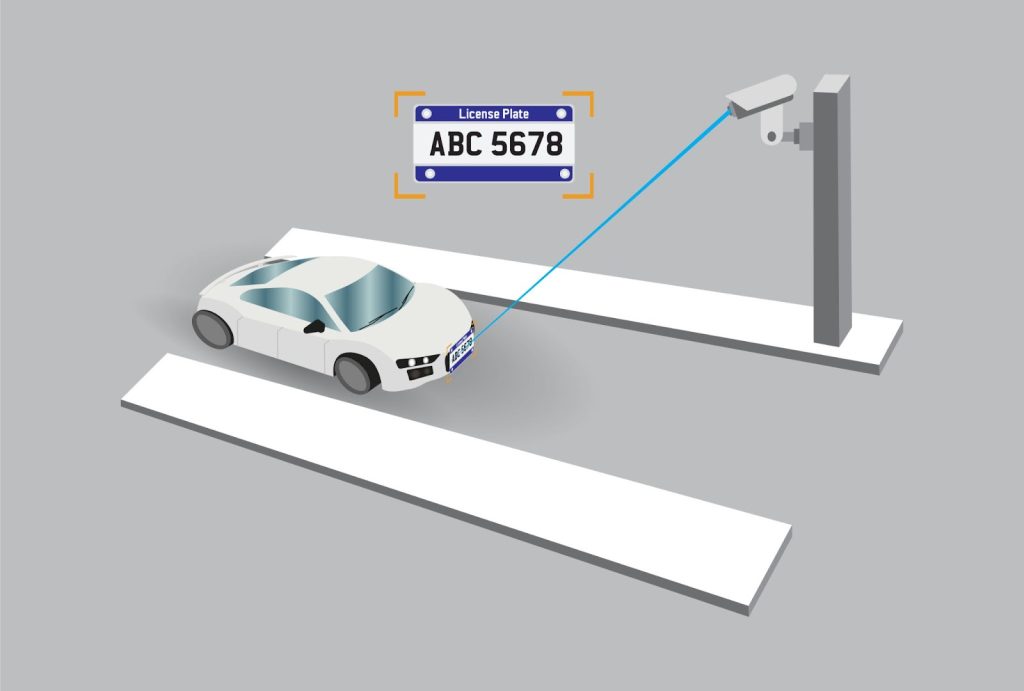Enhancing Property Security: How Automated Plate Reading Can Help
Property security is a growing concern for owners and managers of residential, commercial, and institutional properties. Preventing unauthorized access and ensuring safety for residents, employees, and visitors is a top priority. One technology that has gained traction in recent years is automatic number plate recognition. This system identifies and records vehicle license plates and can enhance security and access control in various properties.
How Automatic Number Plate Recognition Works
Automated plate reading relies on specialized cameras and software that capture and process vehicle license plate numbers. When a car approaches an entry point, the system records the license plate and additional details such as the vehicle’s make, model, and color. This data is then stored in a database for future reference, helping property owners maintain a detailed log of all vehicle entries and exits.
A well-integrated automatic license plate recognition system can distinguish between authorized and unauthorized vehicles by cross-referencing license plates with a pre-approved list. This feature allows properties to grant seamless access to residents, employees, or frequent visitors while flagging unknown vehicles for further review.
Understanding the Benefits of Automated Plate Reading
An automated plate reading system can significantly improve property security and operational efficiency. Some of the most notable advantages include:
1. Improved Security
Unauthorized vehicles can be identified quickly, helping to prevent trespassing, theft, and other security risks. In the event of an incident, property managers can review recorded plate numbers to track vehicle movements and support investigations.
2. Streamlined Access Control
Properties with gated entrances often rely on security personnel to manually check vehicle credentials. An automated plate reading system eliminates manual verification, allowing pre-approved vehicles to enter automatically. This reduces wait times at entry points and improves traffic flow, especially during peak hours.
3. Detailed Record-Keeping
An automatic license plate recognition system logs each vehicle’s entry and exit time, creating a comprehensive access history. These records can be invaluable for security audits, resolving disputes, or assisting law enforcement when necessary.
4. Cost Savings
By reducing the need for on-site security personnel to monitor vehicle access manually, automated plate reading systems help property owners lower their operational costs while maintaining high-security standards.
Where Automated Plate Reading is Used
The versatility of automated plate reading makes it applicable in various settings, from residential communities to high-traffic commercial areas. Some of the most common use cases include:
Residential Communities
Gated communities and apartment complexes use automated plate reading to manage resident and visitor access. Residents’ vehicles are pre-registered, allowing them to enter without delay, while unregistered vehicles may be logged or denied entry based on community rules.
Commercial Properties
Businesses with private parking lots or restricted areas can benefit from automated plate reading to ensure that only authorized personnel and customers park on-site. This system helps prevent unauthorized use of parking spaces and improves overall security.
Educational Institutions
Schools and universities face unique security challenges due to the high volume of vehicles entering and leaving campus daily. An automated system allows administrators to track visitor vehicles, restrict access to certain areas, and enhance overall campus safety.
Industrial Facilities
Warehouses, manufacturing plants, and distribution centers often require tight access control due to valuable inventory and equipment stored on-site. Automated plate reading systems help ensure that only approved vehicles and personnel gain entry.
Healthcare Facilities
Hospitals and medical centers use automated plate reading to monitor parking lots and emergency vehicle access. These systems can prioritize ambulance entry while keeping unauthorized vehicles out of restricted areas.
Considerations When Implementing Automated Plate Reading
Property owners should consider several factors to ensure smooth implementation:
1. Privacy and Compliance
Automated systems collect and store license plate data, which means compliance with data protection regulations is essential. Property owners must ensure that their system follows local laws regarding data storage, retention, and access to prevent privacy violations.
2. System Compatibility
The chosen system should integrate smoothly with existing security infrastructure. Whether a property already has surveillance cameras or access control barriers, ensuring compatibility will maximize effectiveness.
3. Environmental Factors
Weather conditions and lighting can affect the accuracy of plate recognition cameras. Choosing a system with high-resolution imaging and infrared capabilities ensures reliable performance in various conditions, including low light or heavy rain.
4. Regular Maintenance
Like any security technology, automated plate reading systems require regular effective maintenance. Routine software updates and camera calibrations are necessary to maintain high accuracy rates and avoid operational issues.













Post Comment